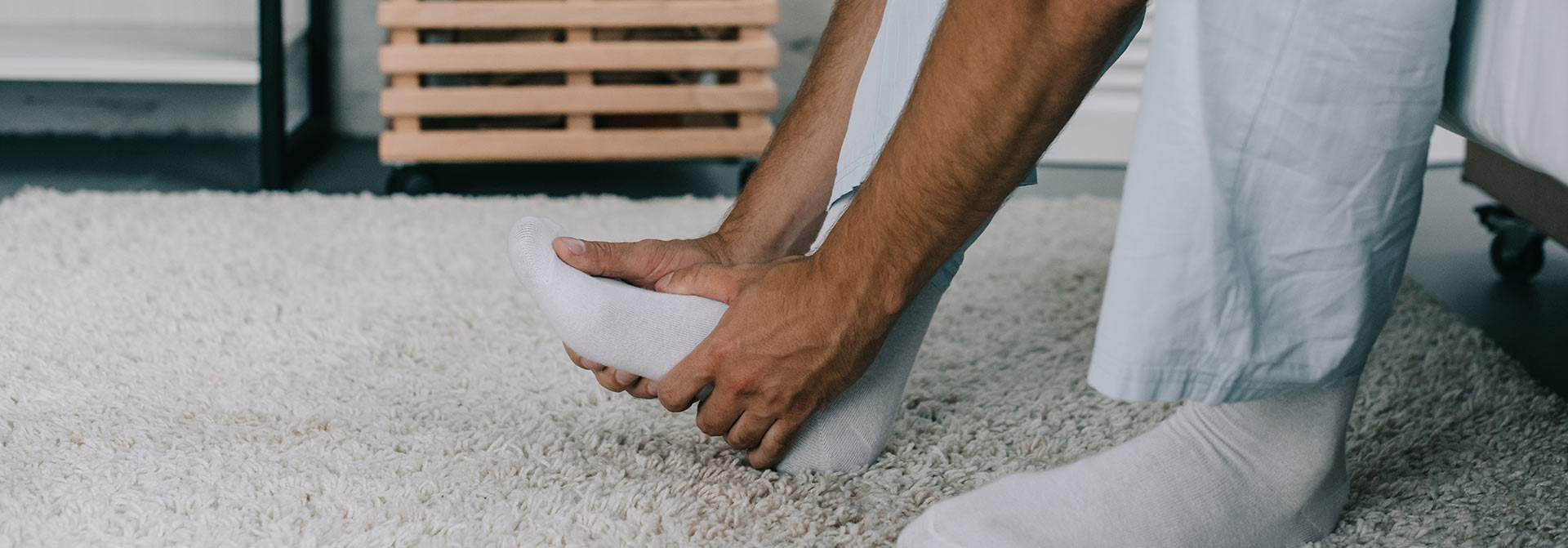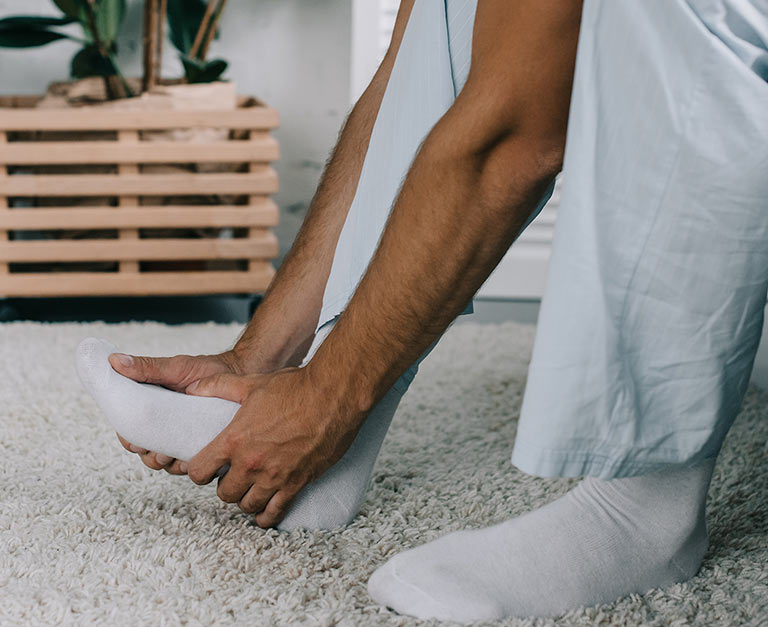Free Shipping:Applies to economy shipping only.*
+ Free Shipping is only available to valid addresses located in the contiguous U.S.
* Some exceptions apply


Do you have plantar fasciitis? If the answer is yes, don’t fret because you’re not alone and it can be healed. According to the Cleveland Clinic, an astounding 1 in 10 people in the United States will experience plantar fasciitis in his or her lifetime! The Mayo Clinic even says this persistent condition is the most common cause of heel pain. And no, you don’t have to be a runner to have it.
There is relief from plantar fasciitis! Join our sole community where you will quickly find that you do not have to do this sole-o. We’ll cover the recommended ways to treat plantar fasciitis and show you examples of members from our community that have found significant plantar fasciitis relief using our plantar fasciitis recovery shoes, PR SOLES®.
Plantar fasciitis pain affects many people with all different activity levels, interests and fitness goals. Whether you are running marathons, competitively one-upping your friend’s step count, or you have silently given up on that competition and hoping they won’t notice (don’t worry, we won’t tell), we are here for you and so are our plantar fasciitis shoes: PR SOLES®.
Plantar fasciitis aka “first-step pain” often presents itself as stabbing pain in the morning, but it can also create gradual pain over time.
Other symptoms of plantar fasciitis are:
Symptoms are most likely to present after long periods of inactivity or prolonged activity and continue for months. So moral of the story: walk a very thin line and don’t do too much of anything (realistic, we know)!
Plantar fasciitis is usually caused by extra tension or stress being placed on the foot which creates small tears in the plantar fascia.
Causes of plantar fasciitis may be:
| Exercising without stretching your calves | The surface you are walking, running or standing on |
| Overly stretching your foot | High or increased activity levels (being on your feet more) |
| Your foot shape or structure (high-arched or flat feet) | Being overweight (adds pressure to the plantar fascia) |
| Wearing unsupportive shoes | Standing for long periods of time |
Bad news: although these are the most common reasons, it is not fully understood why this inflammation occurs (not what you wanted to hear, we know). Good news: there are at-home treatments you can do and we have plantar fasciitis shoes, PR SOLES®, that may help alleviate symptoms (just what you wanted to hear, we hope).
So, you have plantar fasciitis. What now? Don’t worry, not all hope is lost. The Cleveland Clinic says that most people with plantar fasciitis experience symptom improvement within 10 months of starting at-home remedies!
Here’s what you need to know…
We know that you may not be able to stop being active or you may not want to (we wouldn’t wish that even on our enemies) so we created PR SOLES® recovery footwear over eight years ago. Since then, we have thousands of customer reviews describing the plantar fasciitis relief they have found by wearing our recovery shoes, slides and slippers.
When creating PR SOLES®, we focused on creating a supportive and impact absorbent shoe but what makes us truly unique is our ACUPOINT® massage technology. Our proprietary ACUPOINT® footbeds are designed to massage your feet as you walk which activates a whole-body recovery. Applying massage action to the foot has been shown to: improve foot circulation, reduce stress placed on the plantar fascia and alleviate pain in the legs and lower back.

